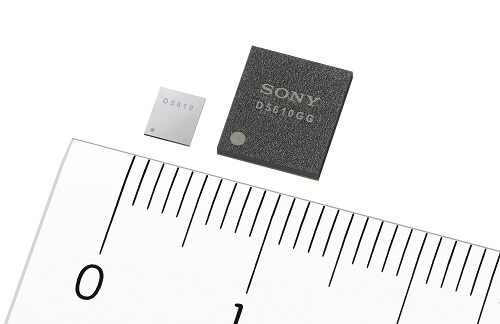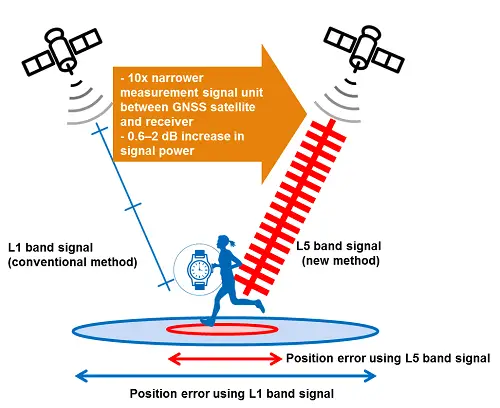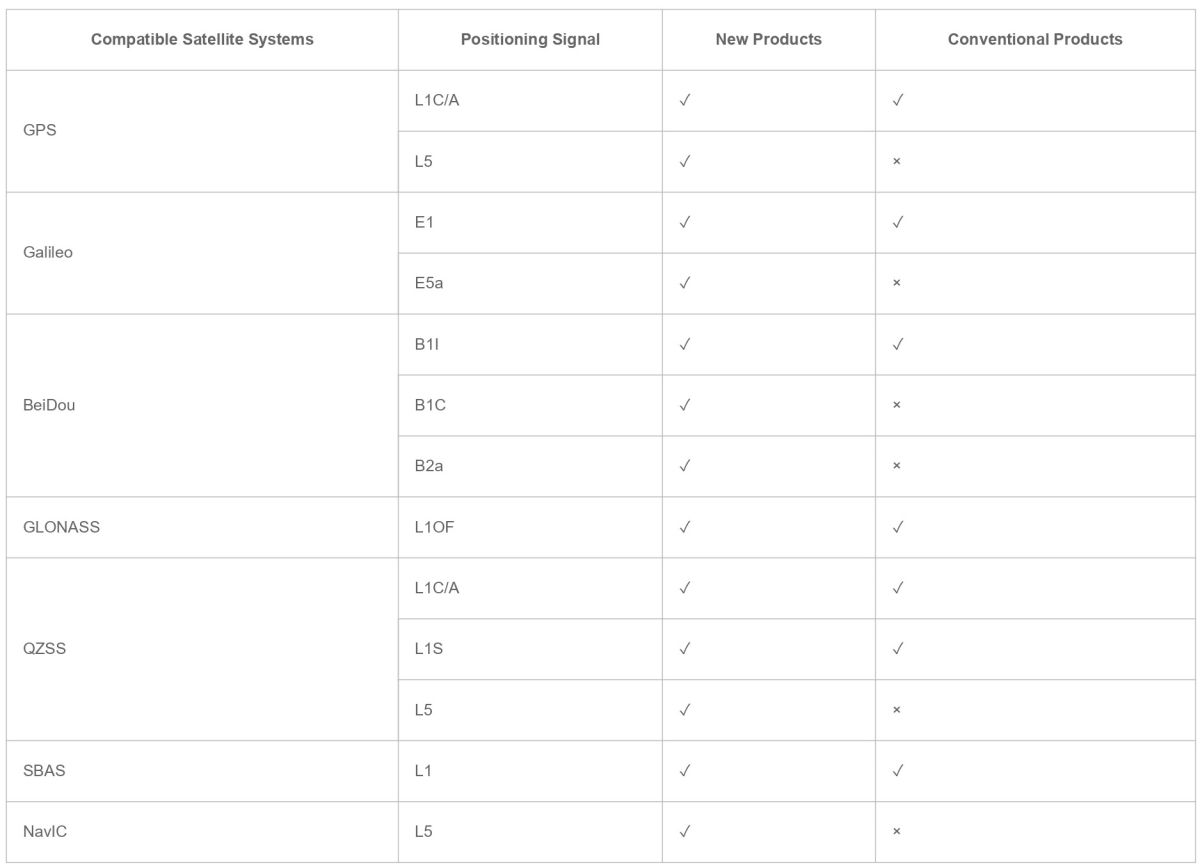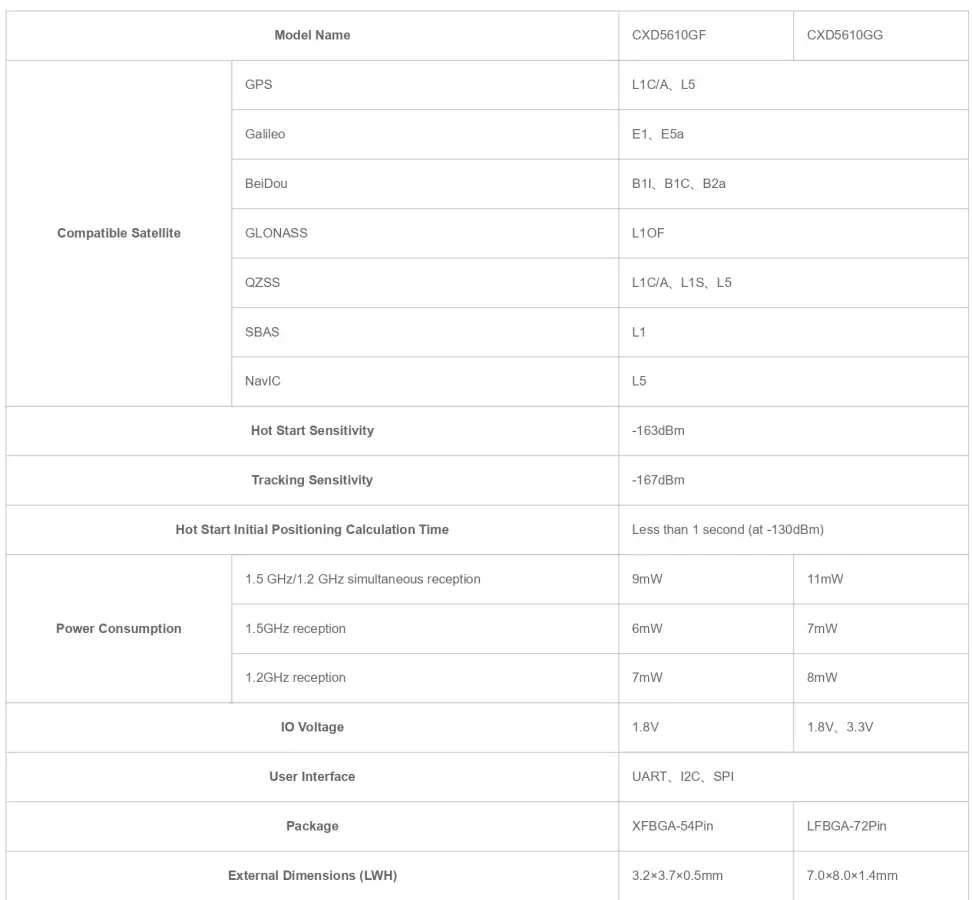Sony to Announce Release of High-Precision GNSS Receiver LSIs for IoT and Wearable Devices

Sony is famous for its innovations and the way it has changed human lives. Sony has transformed the way we listen to music with the invention of the portable tape player ‘Walkman’ hit the streets in 1979.
The Japanese tech conglomerate, Sony has shocked the world back in early January 2020, when it rolled out a working electric Vision-S concept car in CES 2020 event.
In another exciting news for GNSS enthusiast, Sony is going to release High-Precision GNSS Receiver LSIs for IoT and wearable devices.
In a recent news bulletin, Sony Corporation has announced the release of High-Precision GNSS Receiver with the industry’s lowest power consumption for Dual-Band positioning operation. The receiver intended to be used in LSIs for IoT and wearable devices.

Increasing use of IoT and wearable devices that utilize location information has resulted in growing demand for GNSS receiver LSIs. Precise positioning and reliable communications must be ensured to maintain proper operation of IoT and wearable devices, which are being used even in difficult communication environments and unstable conditions, such as multipath propagation situations caused by reflection off the ground or nearby buildings or the effects of the swinging of the arms when attached to a person’s wrist. Additionally, device size constraints necessitate a compact battery, whereas satellite signal reception and positioning when using GNSS functionality typically consumes a lot of power, resulting in poor battery life.

The new LSIs support not only the conventional L1 band reception, but also L5 band reception, which is currently being expanded across GNSS constellations, thereby making them capable of dual-band positioning.
Sony’s original algorithms enable stable, high-precision positioning even under the difficult conditions unique to wearable devices. Also, the use of Sony’s original high-frequency analog circuit technology and digital processing technology delivers the industry’s lowest power consumption during continuous positioning for dual-band reception operation, at only 9 mW.
Main Features
1. High-precision
- Compared with the L1 band, the new signal method used in the L5 GHz band employs signal units that are 10 times narrower to measure the range between the GNSS satellite and receiver, improving positioning precision and amplifying the transmission power from the satellite, resulting in high-precision, high-sensitivity positioning.
2. Stable positioning via dual-band operation
- Quick, accurate GNSS signal reception via Sony’s original algorithms enables positioning that is more stable than conventional products even in changing reception environments, such as obstructing from buildings when on the move and acceleration of wearables due to swinging of the arms. This also leads to quick positioning time even from cold starts, which require more time. Additionally, Sony’s original digital signal processing technology enables countermeasures against the performance degradation caused by radio interference from aircraft communications as well as spoofing attacks and other issues, thereby improving resistance to interference.
3. Industry’s lowest power consumption
- Low power consumption and high sensitivity are delivered by Sony’s original analog circuit technology, which enables low-voltage operation, as well as digital circuits and software algorithms that enable software processing via low clock frequencies. This innovative design keeps power consumption to only 9 mW, the lowest in the industry when simultaneously receiving signals in both the L1 and L5 bands.

4. Built-in memory
- The new LSI’s feature built-in non-volatile memory for storing firmware, etc. This design makes it possible to update the firmware without adding externally mounted memory and contributes to a more compact design for IoT and wearable devices by saving space. It also makes it possible to complete data-processing in the products, resulting in low power consumption and improved access speed.
Comparison of compatible satellite systems among the new products and conventional products

Key Specifications

You may also like to read – Trimble Announces the Next Evolution of its Flagship GNSS Solution










